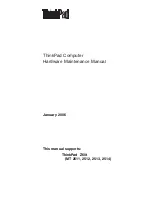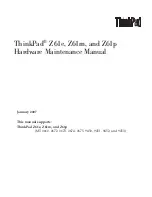
61
Copyright © Acronis, Inc., 2000-2010
another policy. In this case, the first policy's state on the machine will be
Revoking
and the second
policy's state will be
Deploying
. The policies can appear in the GUI simultaneously or one after
another.
Backup policy state diagram
2.12.5.2
Policy status on a machine
To see this parameter, select any group of machines in the tree, then select the machine, and then
select the
Backup policies
tab on the
Information
pane.
In each of the states, the backup policy can have one of the following statuses:
Error
;
Warning
;
OK
.
While the policy is in the
Deployed
state, its status reflects how successfully the policy is executed.
While the policy is in any other state, its status reflects how successfully the policy is being modified.
Policy status when data to back up is not found on a machine
A backup policy can be applied to a machine that does not have data meeting the selection rules (p.
397). No error or warning will be logged during the policy deployment because it is assumed that the
data may appear in the future. A backup plan is created as usual and the policy state is changed to
Deployed
.
If no data to back up is found at the time when the backup task starts, the task will fail and the policy
status will turn to
Error
. If at least one of the data items is found, the backup task will succeed with a
warning. The policy status will change accordingly.
The backup tasks will start on schedule as specified by the policy and produce a similar result until all
data items appear on the machine or the policy is edited to exclude the non-existent data items.
Examples
Assume, the selection rule states that the policy has to back up volumes D: and F:. The policy is
applied to both Linux and Windows machines. Once the first backup is started, the policy gets the
Error
status on the Linux machines and on the Windows machines that do not have such volumes.
















































